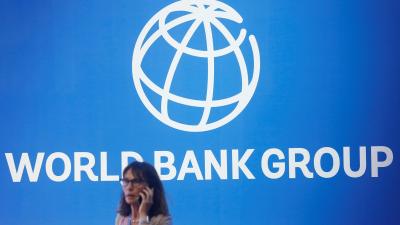 In China, South Korea, Malaysia, Thailand, Japan, and some Latin American countries, there is great demand for cattle penis as a major ingredient in soup. Cow penis has been considered an extremely potent aphrodisiac. While available as a delicacy in East Asian countries, it is also sold in pharmacies as traditional medicine.
In China, South Korea, Malaysia, Thailand, Japan, and some Latin American countries, there is great demand for cattle penis as a major ingredient in soup. Cow penis has been considered an extremely potent aphrodisiac. While available as a delicacy in East Asian countries, it is also sold in pharmacies as traditional medicine.
It is dried, chopped up, and cooked with herbs. A 2017 Vice report describes the texture to be more like tofu than meat. However, the Vice report could not confirm whether the ancient belief of it being an aphrodisiac was substantiated.
Elsewhere in Bolivia, cow penis soup, using a drastically different recipe, is used to cure hangovers and serve as an aphrodisiac. Served with lamb ribs, chicken breasts, potatoes, boiled eggs, and a cup of rice, it is much more widely available in Bolivia than its cousin in China. Another Vice report from 2015 could not confirm whether the claims of aphrodisiac were true, but ascertained it as being able to alleviate hangovers.
Horns, hooves, and teeth are used for making gelatin, camera film, and sandpaper.
Hard substances such as teeth and bones are cut with machines to uniform sizes and sold. The cleaned bones are cut in sizes of an inch and half before they are sold to pharmaceutical companies.
Local pharmaceutical companies use these to make capsule shells, and some are exported to India.
Around 40%-50% of cured cow stomachs are used in the pharmaceutical industry.
Hooves and horns are also exported and used to make combs, buttons and X-ray films.
Cow ears are used to make poultry feed. The ears are boiled and dried up in the sun, ground into a powder and sold to poultry feed traders. Ground bones are also mixed with poultry feed and fertilizers.
If properly maintained and backed by the government, the sector can earn million-dollar revenue from this sector, said several merchants.
The global market is ripe for the taking
The top exporters of guts, bladders, and stomachs of animals except fish are China ($1.39 billion), the United States ($616 million), Germany ($472 million), the Netherlands ($339 million) and Brazil ($336 million).
The top importers are Germany ($644 million), China ($571 million), Hong Kong ($519 million), the Netherlands ($293 million) and Vietnam ($248 million), according to the Observatory of Economic Complexity.
 Business
Business
41418 hour(s) 46 minute(s) ago ;
Afternoon 01:40 ; Tuesday ; Jul 08, 2025
‘Miraculous’ cow penis soup illustrates global demand for offal
Send
Mamun Abdullah
Published : 04:00, Sep 30, 2019 | Updated : 04:00, Sep 30, 2019
Published : 04:00, Sep 30, 2019 | Updated : 04:00, Sep 30, 2019
0 ...0 ...
/srj/
Topics: Top Stories
- KOICA donates medical supplies to BSMMU
- 5 more flights to take back British nationals to London
- Covid19: Rajarbagh, Mohammadpur worst affected
- Momen joins UN solidarity song over COVID-19 combat
- Covid-19: OIC to hold special meeting
- WFP begins food distribution in Cox’s Bazar
- WFP begins food distribution in Cox’s Bazar
- 290 return home to Australia
- Third charter flight for US citizens to return home
- Dhaka proposes to postpone D8 Summit
Unauthorized use of news, image, information, etc published by Bangla Tribune is punishable by copyright law. Appropriate legal steps will be taken by the management against any person or body that infringes those laws.
Bangla Tribune is one of the most revered online newspapers in Bangladesh, due to its reputation of neutral coverage and incisive analysis.
F R Tower, 8/C Panthapath, Shukrabad, Dhaka-1207 | Phone: 58151324; 58151326, Fax: 58151329 | Mob: 01730794527, 01730794528






